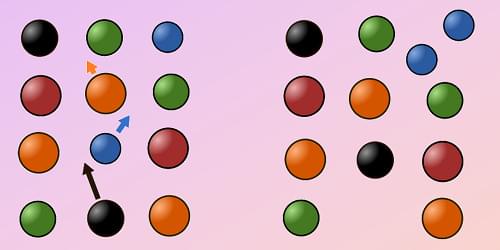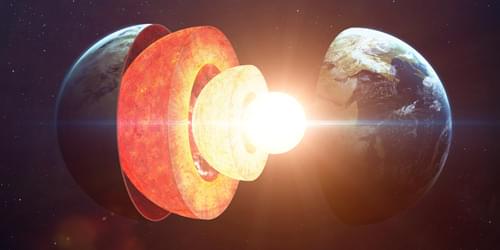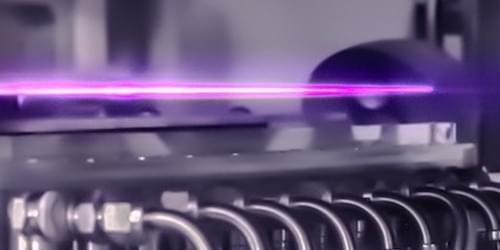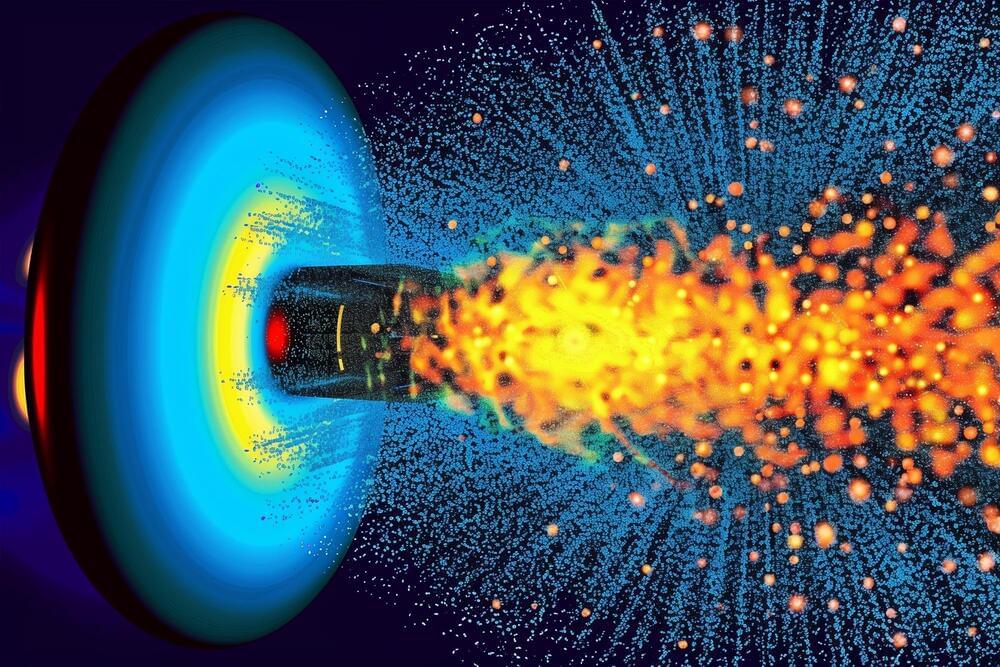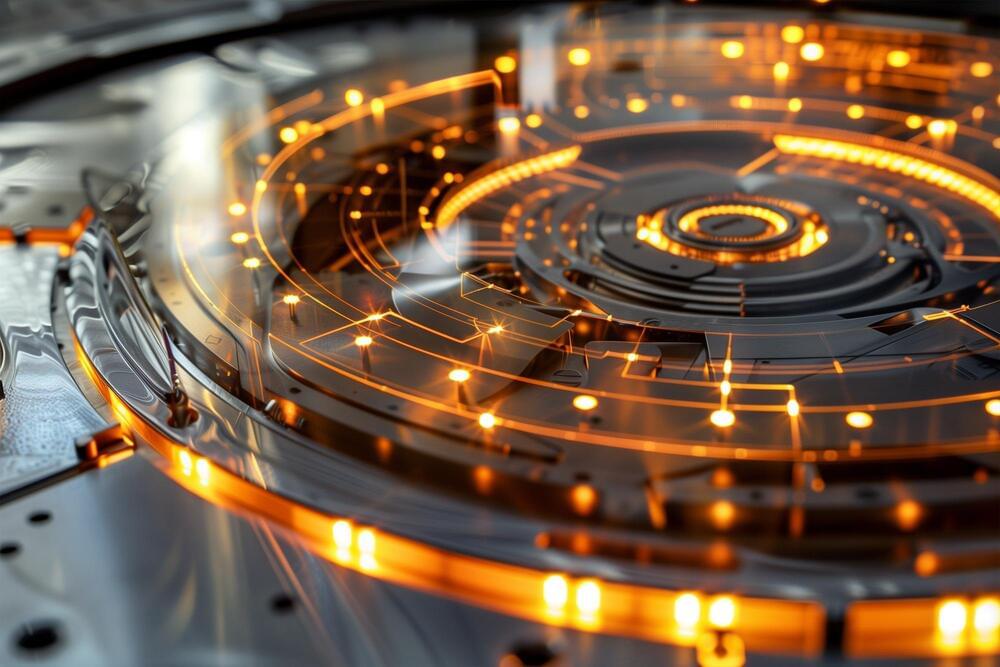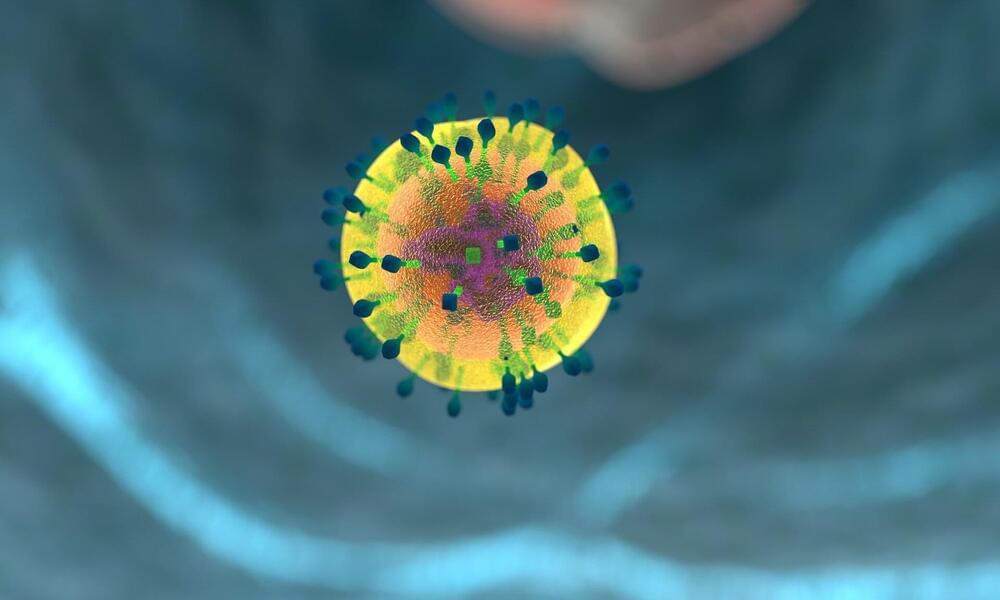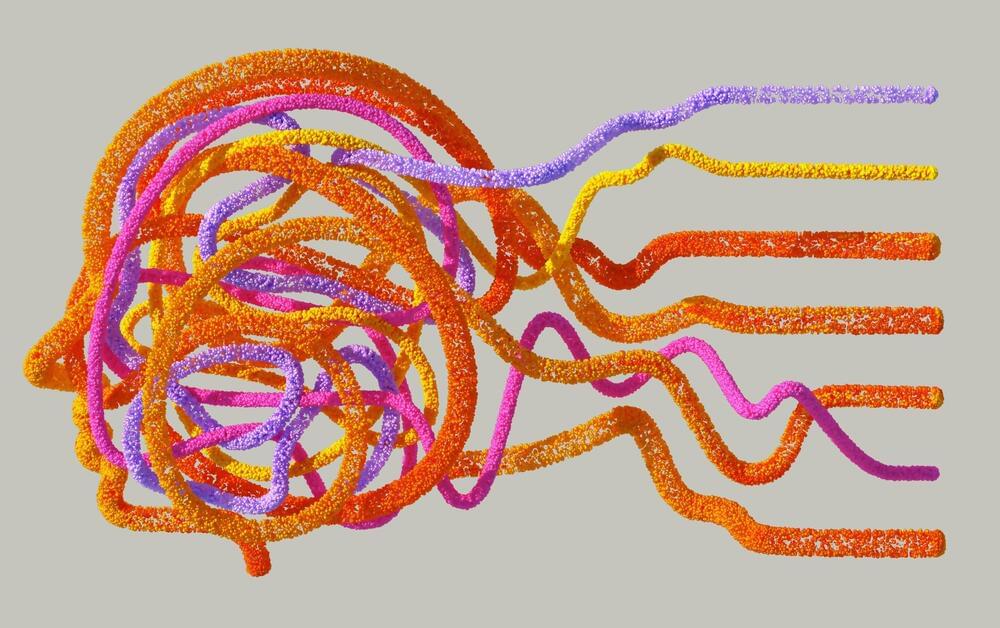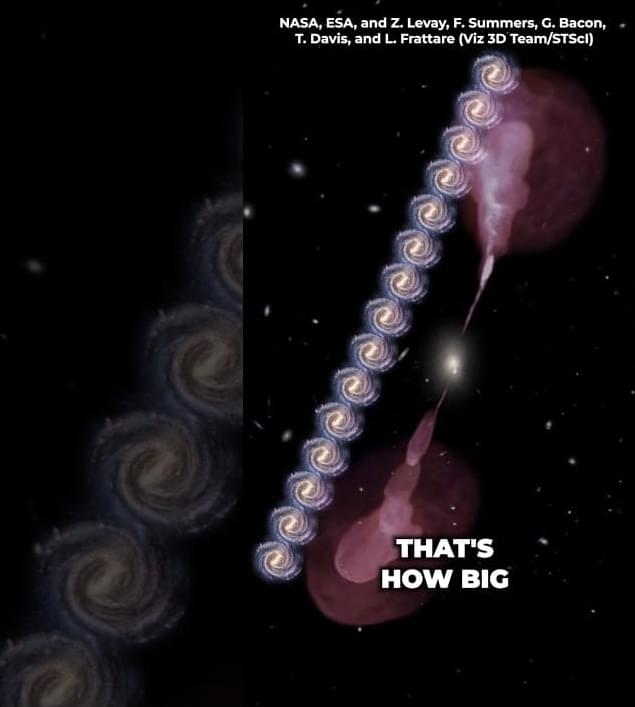In the quest for ultra-precise timekeeping, scientists have turned to nuclear clocks. Unlike optical atomic clocks—which rely on electronic transitions—nuclear clocks utilize the energy transitions in the atom’s nucleus, which are less affected by outside forces, meaning this type of clock could potentially keep time more accurately than any previously existing technology.
However, building such a clock has posed major challenges—thorium-229, one of the isotopes used in nuclear clocks, is rare, radioactive, and extremely costly to acquire in the substantial quantities required for this purpose.
Reported in a study published in Nature, a team of researchers, led by JILA and NIST Fellow and University of Colorado Boulder Physics professor Jun Ye, in collaboration with Professor Eric Hudson’s team at UCLA’s Department of Physics and Astronomy, have found a way to make nuclear clocks a thousand times less radioactive and more cost-effective, thanks to a method creating thin films of thorium tetrafluoride (ThF4).


